Shifts in Consumer Preferences
Consumer preferences are evolving, with a marked shift towards sustainable and eco-friendly products. This trend is influencing the Cellulosic Ethanol Market, as consumers increasingly seek alternatives to conventional fuels. The rise in environmental consciousness among consumers is prompting manufacturers to explore biofuels, including cellulosic ethanol, as a means to meet market demand. In 2025, it is expected that consumer awareness regarding the benefits of cellulosic ethanol will continue to grow, further driving its adoption. This shift in preferences is likely to create new opportunities for producers and contribute to the overall expansion of the cellulosic ethanol market.
Government Incentives and Policies
Government support is a pivotal driver for the Cellulosic Ethanol Market. Various countries have implemented policies and incentives aimed at promoting the use of biofuels, including cellulosic ethanol. These initiatives often include tax credits, grants, and subsidies that encourage investment in biofuel production facilities. In 2025, it is anticipated that such regulatory frameworks will continue to evolve, providing a conducive environment for the growth of the cellulosic ethanol sector. The alignment of government policies with sustainability goals is likely to enhance the market's attractiveness to investors and producers alike.
Rising Demand for Renewable Energy
The Cellulosic Ethanol Market is experiencing a notable increase in demand for renewable energy sources. This trend is driven by a growing awareness of climate change and the need to reduce greenhouse gas emissions. As countries strive to meet their renewable energy targets, cellulosic ethanol emerges as a viable alternative to fossil fuels. In 2025, the demand for renewable fuels is projected to reach unprecedented levels, with cellulosic ethanol expected to capture a significant share of this market. The transition towards sustainable energy solutions is likely to bolster investments in the cellulosic ethanol sector, thereby enhancing its market potential.
Advancements in Production Technologies
Technological innovations play a crucial role in shaping the Cellulosic Ethanol Market. Recent advancements in production technologies, such as enzyme development and fermentation processes, have significantly improved the efficiency and cost-effectiveness of cellulosic ethanol production. For instance, the introduction of more effective enzymes has the potential to increase yield rates, making cellulosic ethanol more competitive with traditional ethanol sources. As production costs decrease, the market is likely to witness a surge in the adoption of cellulosic ethanol, further solidifying its position in the renewable energy landscape.
Increasing Investment in Research and Development
Investment in research and development is a significant catalyst for the Cellulosic Ethanol Market. As the demand for sustainable energy solutions grows, stakeholders are increasingly allocating resources towards R&D initiatives aimed at improving cellulosic ethanol production methods. This focus on innovation is expected to yield breakthroughs that enhance the efficiency and scalability of production processes. In 2025, the market may witness a rise in partnerships between academic institutions and industry players, fostering a collaborative approach to advancing cellulosic ethanol technologies. Such investments are likely to drive market growth and expand the application of cellulosic ethanol across various sectors.


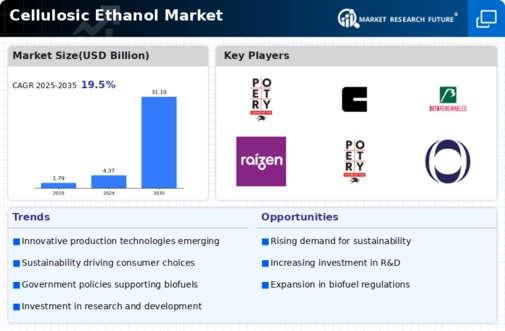
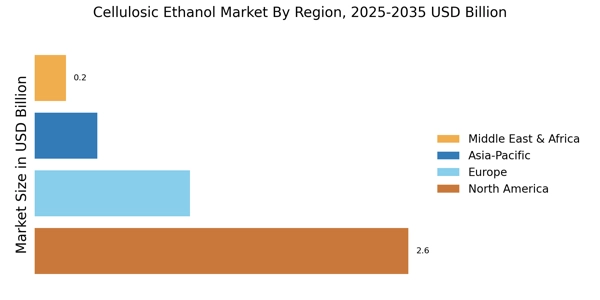
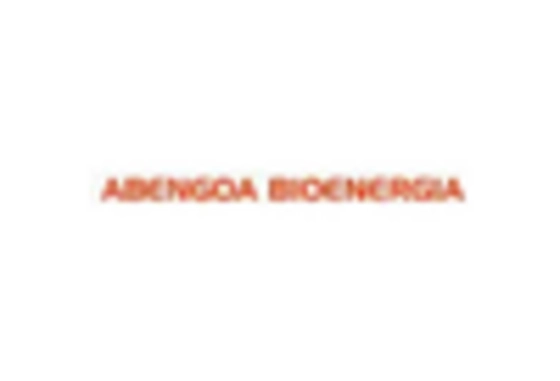

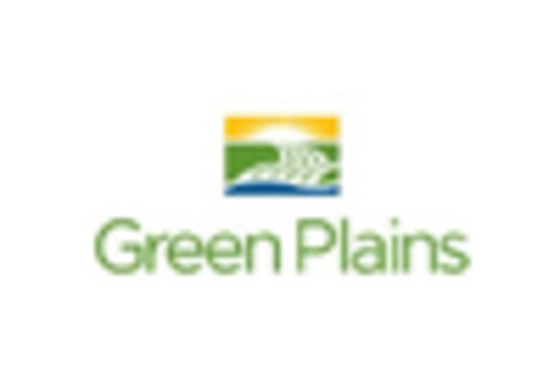
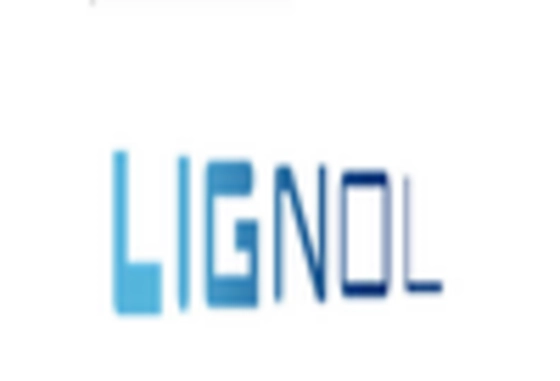










Leave a Comment